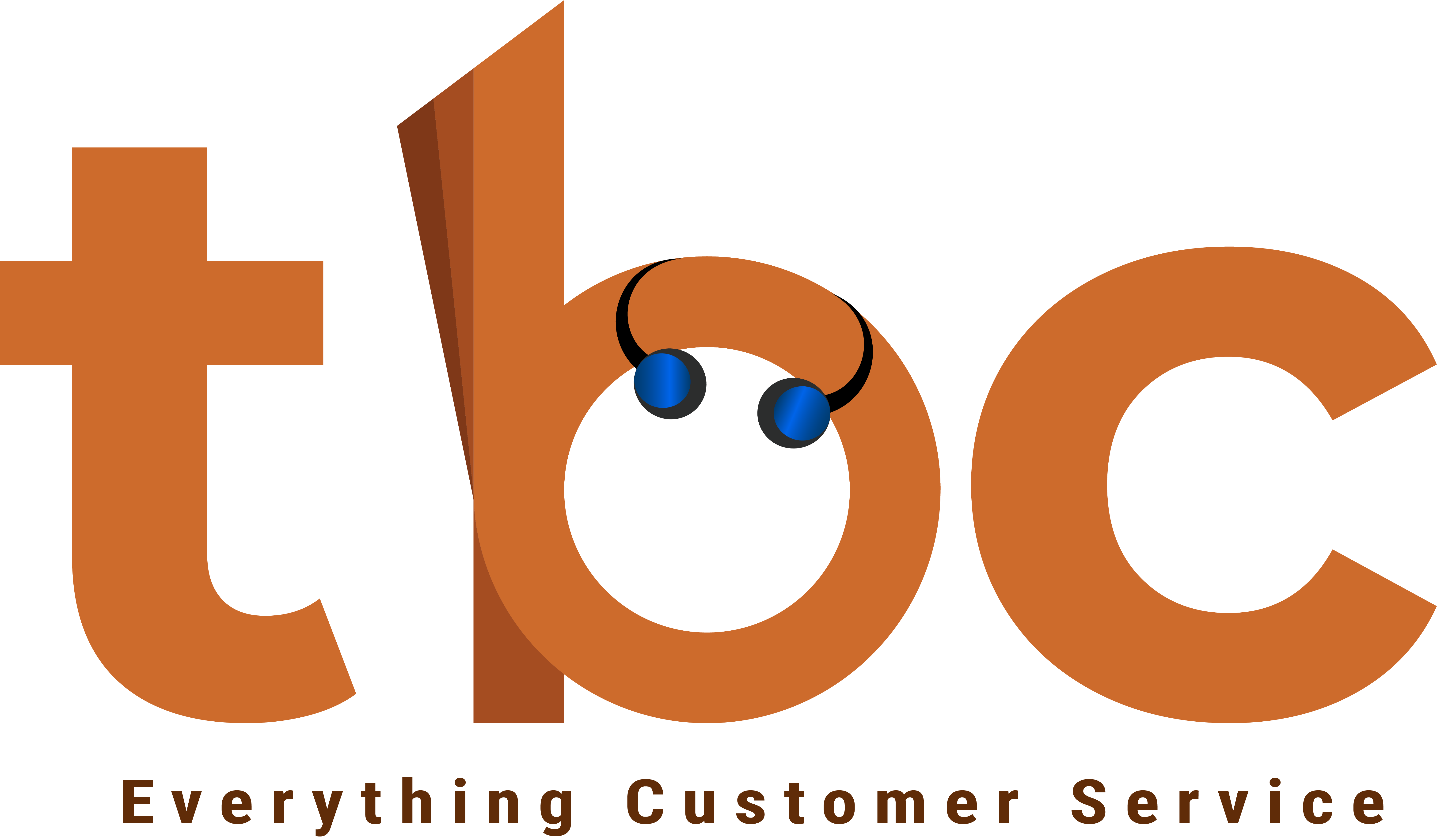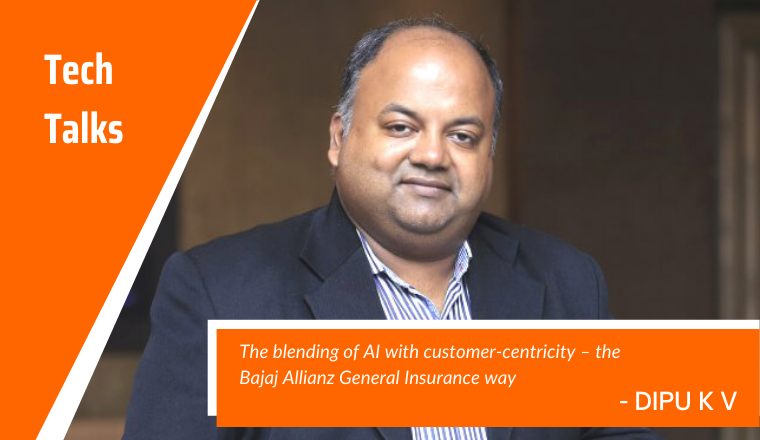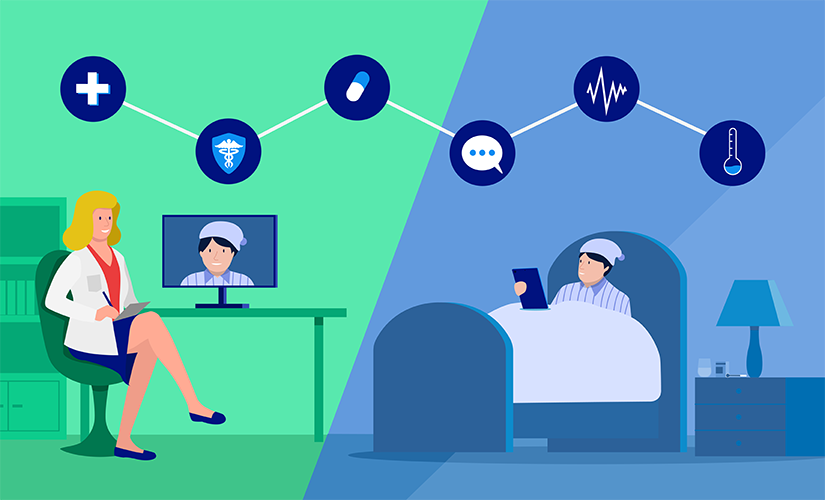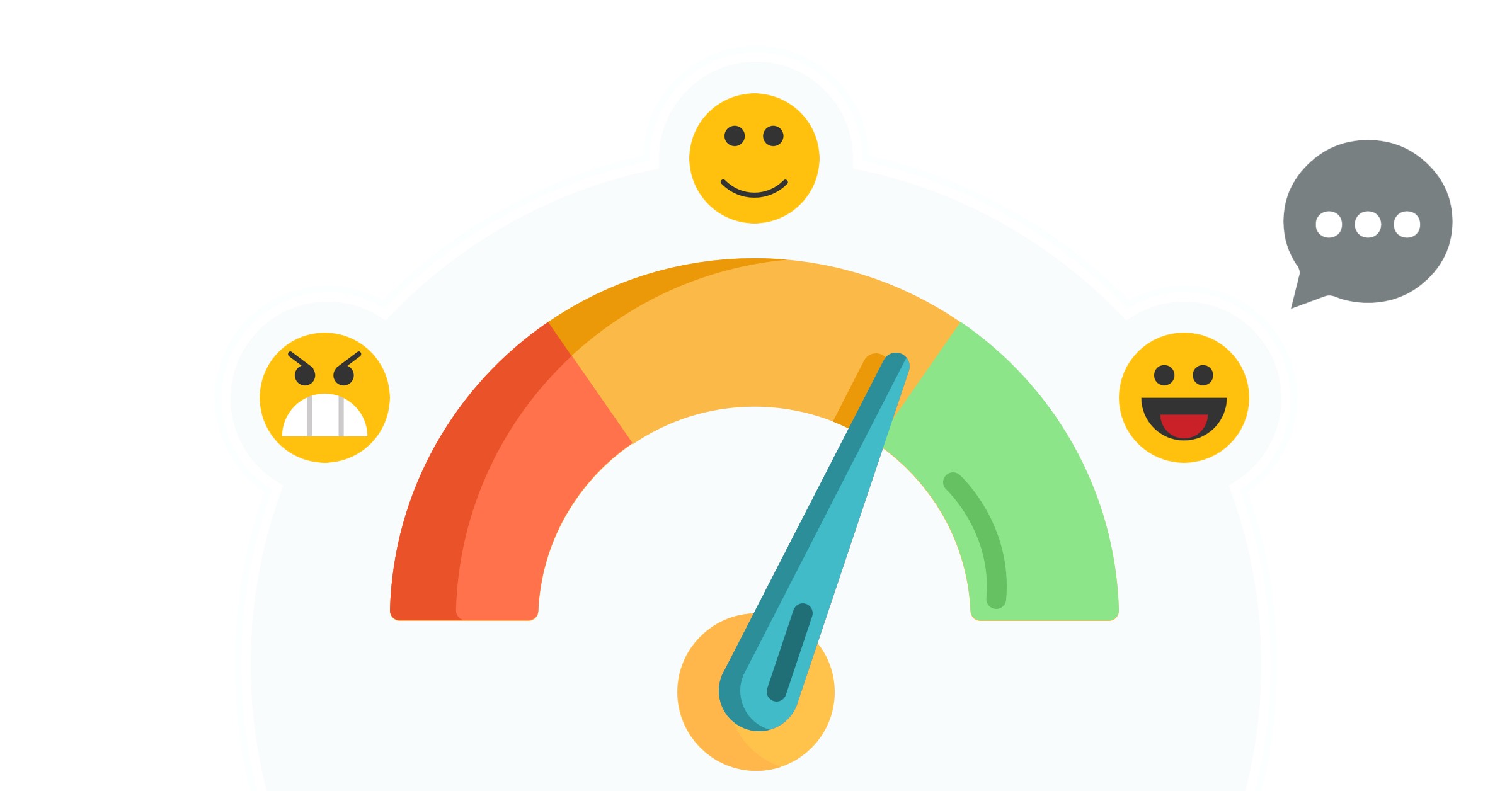The blending of AI with customer-centricity – the Bajaj Allianz General Insurance way
Bajaj Allianz General Insurance uses Artificial Intelligence (AI) to re-imagine the customer journey, orchestrate critical data and decision points, and introduce straight-through in most processes.
At Bajaj, we have always focused on leveraging technology to introduce simplicity and speed in our processes. It has helped us solve numerous issues and allowed us to understand and cater to the needs of our customers.
These are some of the initiatives where Bajaj Allianz General Insurance has leveraged AI:
Saksham
Bajaj Allianz has a large base of corporate customers, and managing the massive amount of data generated from them was a demanding task. Taking an example of group health insurance, we need to collate the details of thousands of employees and their families spread across the country, which was tedious.
Even after collating massive data, processing inclusion, exclusion, and endorsements are challenging. With the launch of Saksham, we have moved from a traditional endorsement process to a tech-based innovative approach with the help of ML algorithms. It is also integrated with the corporate portal for ease of access.
Raftaar
Raftaar, which means speed in English, is an RPA-based bot launched specifically for policy issuance. With Raftaar, the per policy processing time has drastically reduced by 60%. In addition to speed, a quality check is maintained as less human intervention takes place and multiple sources of information are avoided.
DigiSwasth
One of the challenges for underwriters is the pre-insurance medical check-up results. We leveraged AI and IoT to develop an industry first Android and IOS application with integrated lean medical check-up process to ease it out.
The integrated labs send the data directly to our database, and Digiswasth enables quick analysis of the results leading to hassle-free and faster policy issuance. With Digiswasth, many cases get a straight-through pass, and only the filtered ones go for underwriting. This has enabled a seamless onboarding process and increased efficiency.
Farmitra
We launched the industry-first farming app, which caters to the specific needs of farmers. We intend to help farmers address their worries and provide them with relevant information to optimize their farming practices through this app.
Users of this app can regularly check weather forecasts specific to their area, advisories customized as per the selected crops, market position, news regarding agricultural developments, and locate seed/soil testing labs.
Regarding insurance, the farmers can access “Pradhan Mantri Fasal Bima Yojana” (PMFBY) portal to buy crop insurance and register claims. They can also purchase motor and health insurance policies offered by the company.
Caringly Yours (CY) App
Our customer self-service mobile app “Caringly Yours” is technically our office at the fingertips of our customers. Every process is a click away. The customer can buy and renew the policy and seek a claim over it.
Claim by Direct Click (CDC)
Pioneered by Bajaj Allianz General Insurance Company, “claim by direct click” is an app-based feature that allows policyholders to initiate and track their claim settlements in a hassle-free manner. The customer needs to install the Bajaj Allianz Insurance Wallet app to avail of this benefit. Using this app, claims can be made up to a limit of Rs 20,000.
Motor on the Spot (MOTS)
We created the motor on the spot (MOTS) feature within our customer self-service mobile app “Caringly Yours.” Through this, customers can click images of their damaged vehicles and submit them for the claim processing. Through Motor OTS, claim settlement takes place within 30 minutes up to specific amounts.
TravelEzee
Having travel insurance assists you with any financial aid you might need when traveling. Usually, we would love to have travel insurance when we travel for vacations. At the same time, hassle-free claim settlement if any misadventure occurs, as nobody would like to spend holidays running after claim settlement.
Therefore, while purchasing a travel insurance policy, the claim settlement process is of topmost importance.
TravelEzee is an automatic claim settlement service for Bajaj Allianz customers. The uniqueness of this service is that the customers need not initiate the claim process. The process of claim registration and settlement is automated, and it is the insurer (i.e., us) that keeps track of claim events and initiates payout.
Connected School
Connected school initiative includes an IoT-enabled technology solution combining safety, security, and insurance coverage for school students, thereby addressing the parent’s worries around school travel and transport. Connected school initiative was launched with Fidel Softech as an IoT technology partner. It is an industry-first initiative as Bajaj Allianz believes in a relationship beyond insurance.
Drive Smart
Bajaj Allianz introduced a new telematics-based service called DriveSmart, which customers can opt for while purchasing policies for their cars. With this new service, a customer can monitor his driving habits through data feedback, and in return, their safe and sound driving behavior gets rewarded with discounts in premiums.
Doc On Chat/Call
Using the “Caringly Yours” app can even land an appointment with the doctor on chat/call without the need of physically going to the doctor. You can get online assistance for all general medical queries from certified and registered doctors.
These initiatives have helped us deliver excellent customer experiences. As they say, “AI is a Science, and Customer centricity is an Art.” At Bajaj, we blend the science of AI with the art of customer-centricity to offer customer-centric AI.









